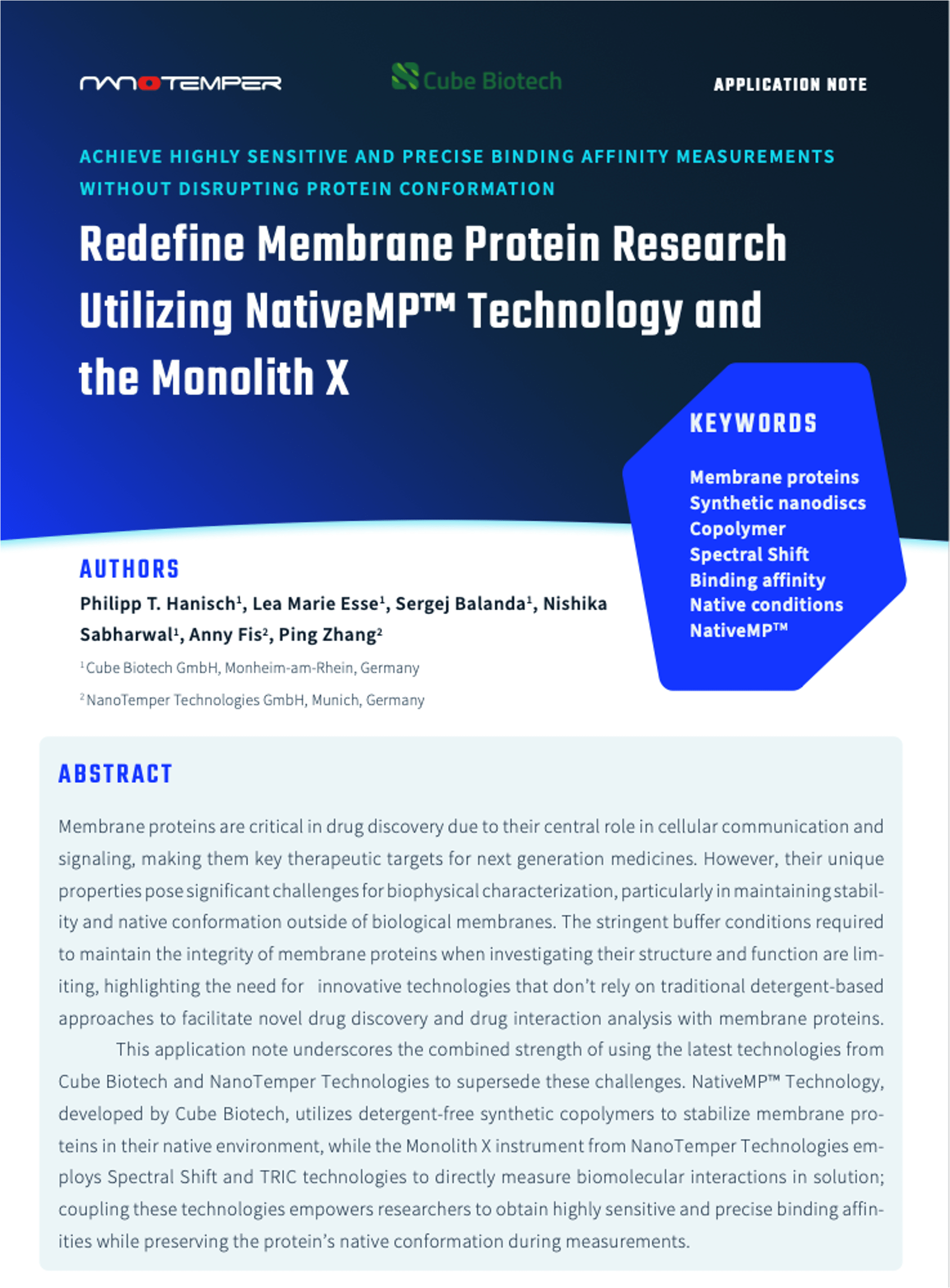Yu-Cheng Su, Pierre-Alain Burnouf, Kuo-Hsiang Chuang, Bing-Mae Chen, Tian-Lu Cheng & Steve R. Roffler
Nature Communications
2017 vol: 8 Article number: 15507 doi: 10.1038/ncomms15507
Abstract
Triple-negative breast cancer (TNBC) lacks effective treatment options due to the absence of traditional therapeutic targets. The epidermal growth factor receptor (EGFR) has emerged as a promising target for TNBC therapy because it is overexpressed in about 50% of TNBC patients. Here we describe a PEG engager that simultaneously binds polyethylene glycol and EGFR to deliver PEGylated nanomedicines to EGFR+ TNBC. The PEG engager displays conditional internalization by remaining on the surface of TNBC cells until contact with PEGylated nanocarriers triggers rapid engulfment of nanocargos. PEG engager enhances the anti-proliferative activity of PEG-liposomal doxorubicin to EGFR+ TNBC cells by up to 100-fold with potency dependent on EGFR expression levels. The PEG engager significantly increases retention of fluorescent PEG probes and enhances the antitumour activity of PEGylated liposomal doxorubicin in human TNBC xenografts. PEG engagers with specificity for EGFR are promising for improved treatment of EGFR+ TNBC patients.
Topics: Antibodies, Detergents, Macromolecular, Polymers, Monolith – MicroScale Thermophoresis, MST, Proteins, Publications












